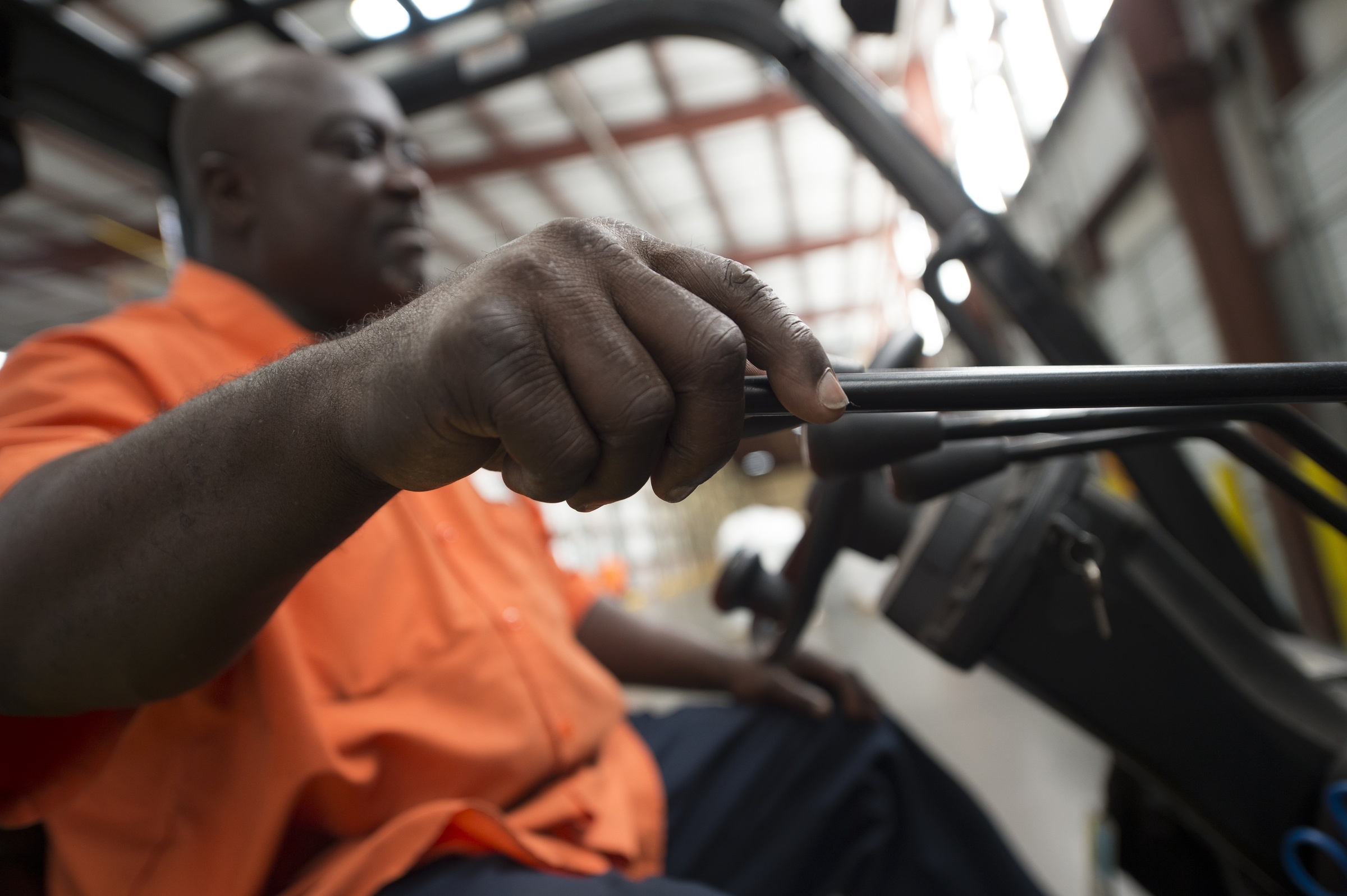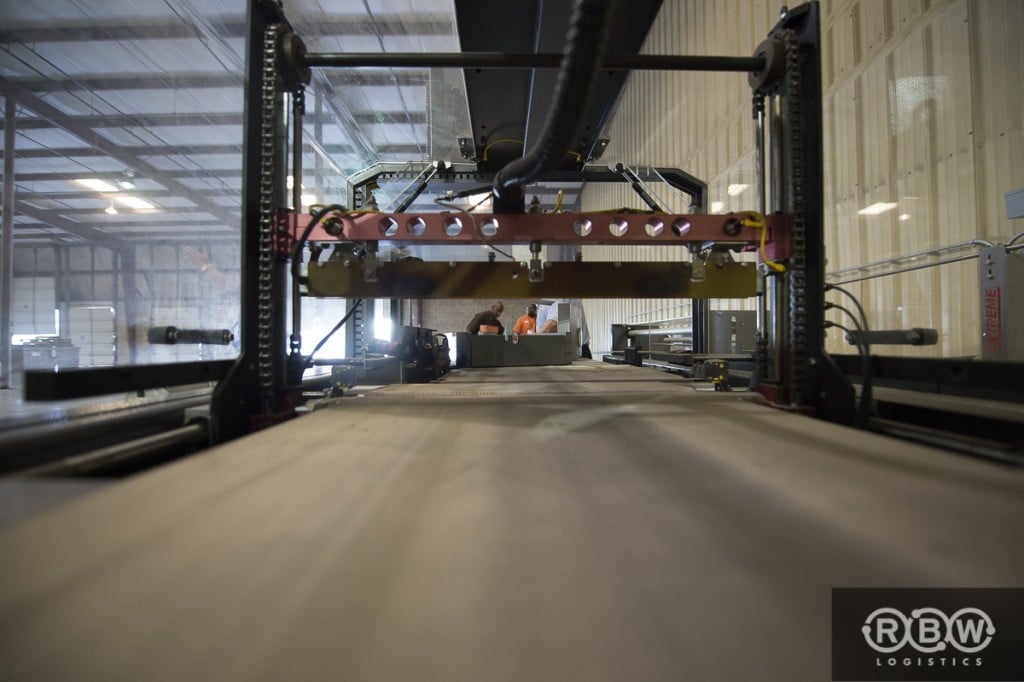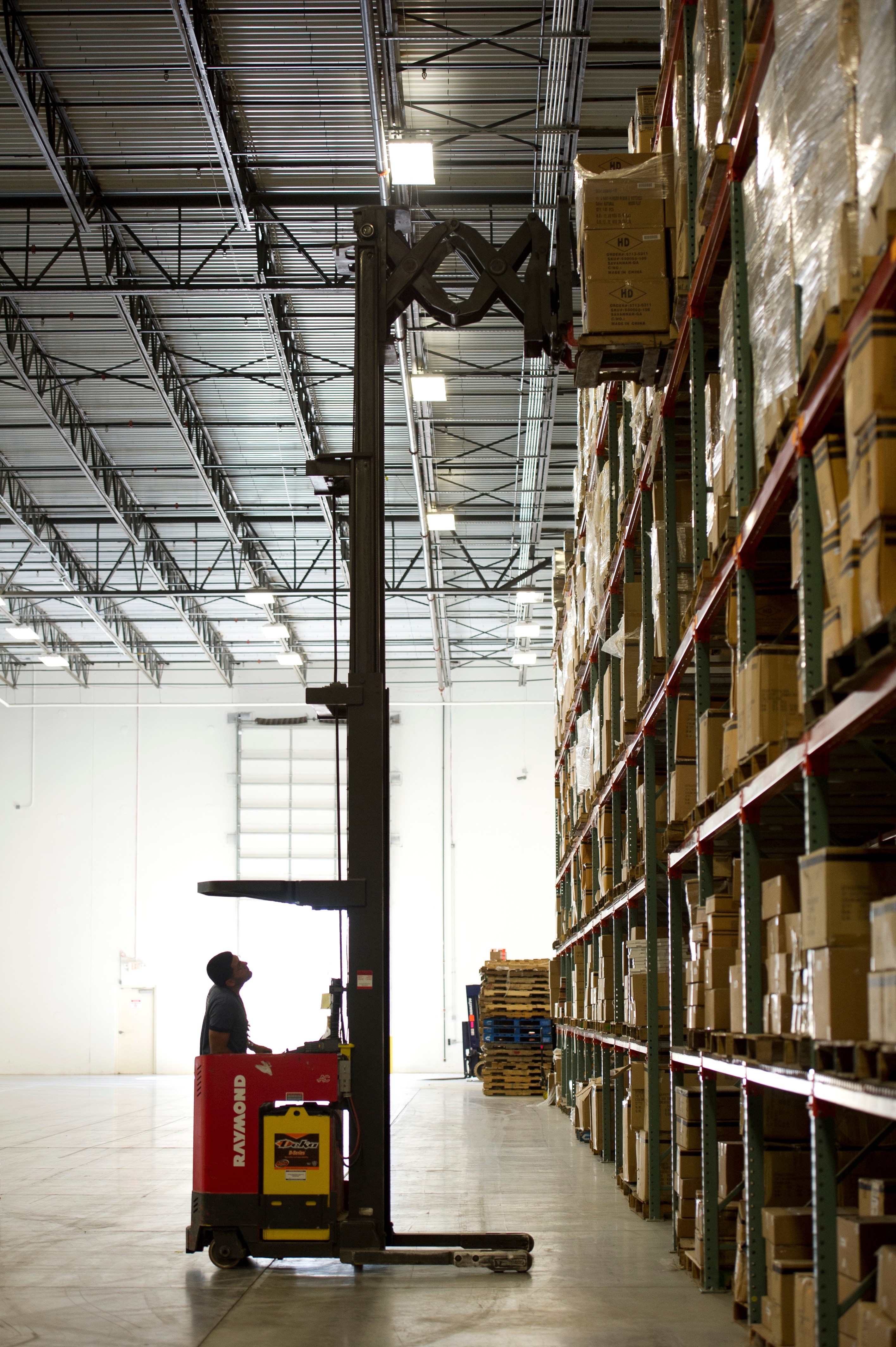Trim the Muda - Lean Manufacturing ( Part IV: Processing )
INTRODUCTION: This is part IV of our XIII part series on removing the muda out of your manufacturing. Our most recent post in this series...
3 min read
 Chadwick Heard
:
Mar 2, 2016 2:29:06 PM
Chadwick Heard
:
Mar 2, 2016 2:29:06 PM

The 2nd installment of this 8-part series on reducing the waste in manufacturing is Transportation. Transportation is considered by many as the most costly part of the supply-chain. Thus, it is also a huge area from muda to hide in.
Riddle: What am I that runs so fast? Carrying a load and giving a blast. Watch as I flow right under the overpass. What am I ?
Transportation in itself can become complicated. Due to the many moving pieces, waste is prone to happen.Transportation can entail moving a product a couple 100 feet to moving a product 1,000s of miles away across road, rail, sea, and air.
air.
Transportation is not a function that adds value to your end product but, it plays a huge role in the Cash - Conversion Cycle ( a cash flow calculation that measures how quickly a company can convert their investment in inventory, resources, product, etc. into cash.) It also contributes to customer satisfaction. Delayed delivery times is a common complaint that many disgruntled clients have with their provider.
If you look at the Toyota Production System ( TPS ) and the Lean Manufacturing philosophy, you will notice that many of their suppliers have footprints near their manufacturing facilities.
This is a strategy aimed at reducing the risk, costs, and waste of transportation.
Transportation lends itself to a fair amount of risk within your supply chain.
When your product becomes mobile, variability and loss of control becomes more of a problem. You open yourself up to the risk that your product will be lost or damaged in transport. You risk the delay of the supplies being delivered for production that will increase lead times in your supply chain. Transportation can also slow down operations within your production lines. This halts the manufacturing flow which forces employees to sit idle.
Transportation can cause an organization to hemorrhage money. There are many costs involved in transportation. You have the costs of owning or renting the material handling equipment.
You have the costs of fuel needed to run this material handling equipment. To name a few more costs, you have: staffing expenses , training expenses , safety precautionary expenses , the costs associated with extra space for the movement of materials, etc.
There are many causes that contribute to the waste of transport. Excess inventory can be a waste of transportation. Manufactures tend to over purchase due to the fear of not having enough supplies for production or delays slowing down the manufacturing rhythm.
This is known as the " Push - Purchasing" Cycle.
This is the most common purchasing philosophy that manufactures use. The supplier produces " x" amount of product and sells it the manufacturer at a reduced rate due to the bulk purchase. The manufacturer sees it as a cost savings.
What happens when market demands shift ?
What happens when historical sales data used for forecasts are not accurate ?
The manufacturer has over produced a product that they cannot easily move. The inventory storage costs become higher and space becomes limited.
Another main waste in transportation is layout.
The layout of an organization's facility often leads to the need to transport product. For example, you have specific areas for functions such as welding, pressing, molding etc. The product is transported from one station to another.
An inefficient layout causes wasteful movements that add up into wasted time and costs.
RBW provides you with the visibility and expertise needed to make smart decisions to reduce the muda found in transportation.
Answer: A Train
Think Differently. Excellence is Found Within the Details. Connect with us. - The RBW Team

INTRODUCTION: This is part IV of our XIII part series on removing the muda out of your manufacturing. Our most recent post in this series...

Lean Manufacturing is a simple concept. The objective is to remove as many inefficiencies ( waste ) as possible from your operations. The...

INTRODUCTION We continue our VIII part series on " Trim The Muda" in manufacturing. Our last post was about the muda found in Transportation....